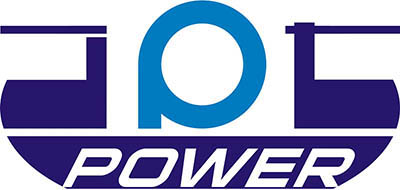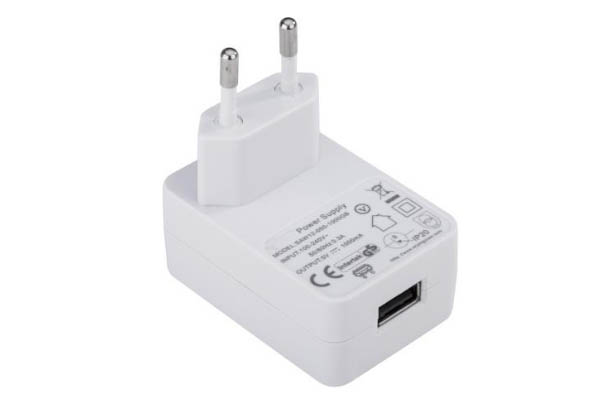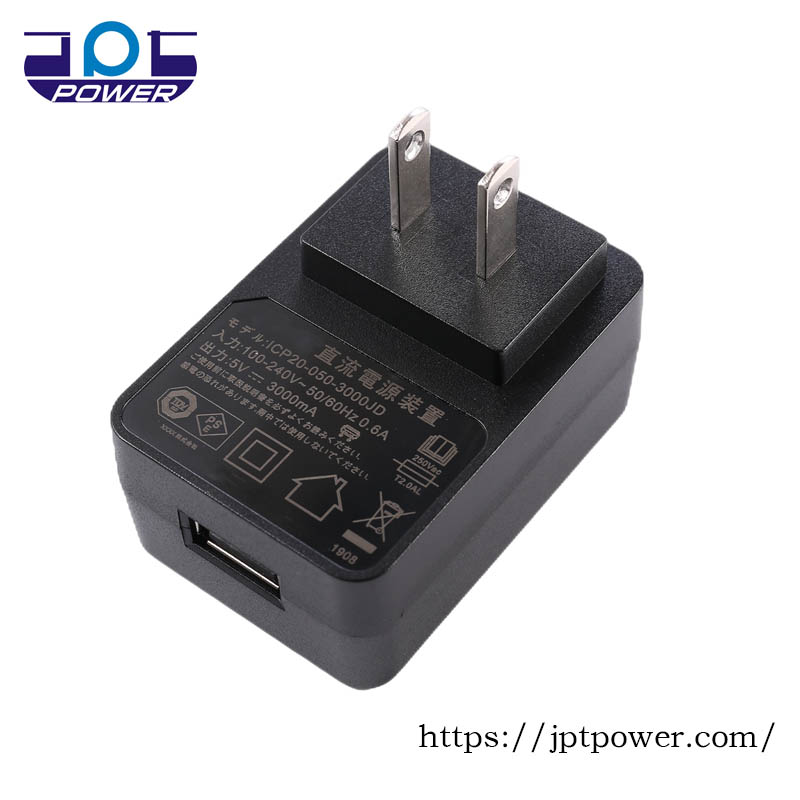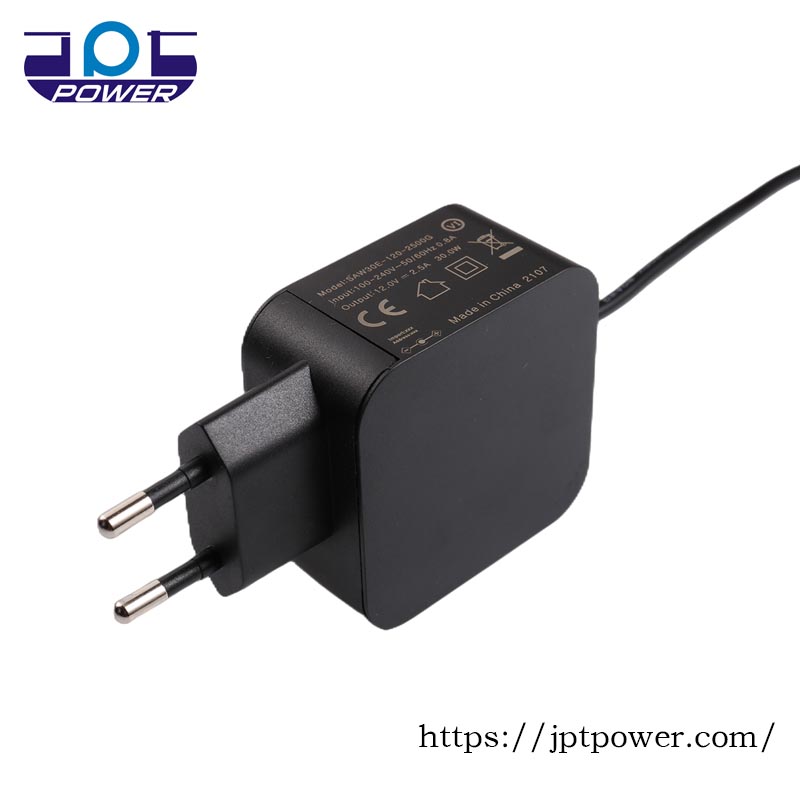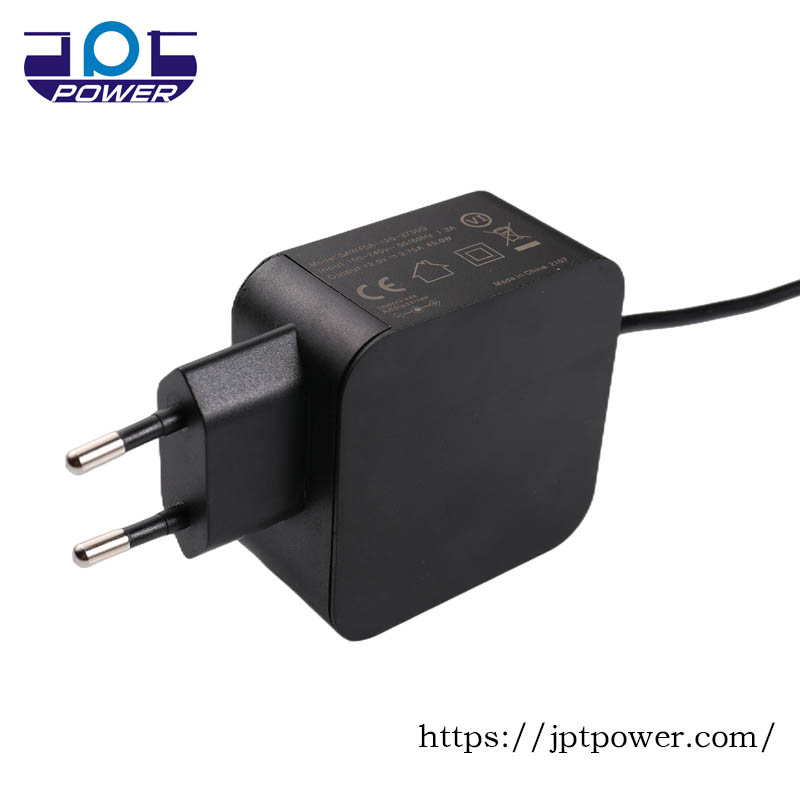How do I customize a USB power adapter
I. Introduction
In the era of increasing popularity of mobile devices, USB power adapters and USB chargers have become important power sources in modern life. In order to meet the needs of different devices, more and more manufacturers consider custom USB power adapters or USB chargers. This article will show you how to customize the USB power adapter in detail, and provide the necessary technical guidance and advice.
II. the classification of USB power adapter
USB power adapters are usually divided into low power and high power types according to the power size and application scenarios. Low power means that the output power is less than or equal to 10 watts, while high power means that the output power is greater than 10 watts. In addition, according to the different use scenarios, USB power adapters can be further classified into: information, home appliances, lamps, medical and other types.
1. Low power USB power adapter
Low power USB power adapter is mainly used for charging ordinary mobile phones, tablets, e-book readers, TV boxes, smart bracelets, watches and other devices. They usually have A USB-A interface and a fixed output current, the output voltage is usually 5 volts (V), the current is usually around 1-2 amps (A). The more common low-power USB chargers have 5W and 10W, mainly depending on their output power.
2. High power USB power adapter
High-power USB power adapters are generally used for smartphones, ipads, laptops, smart speakers, Bluetooth speakers and other devices that require high power support, and can also be used for some devices that require fast charging, such as Iphone, iPad, MacBook, etc. They typically have multiple USB-A or USB-C interfaces and adjustable output voltages and currents. The output voltage is usually 5V, 9V, 12V, 15V, 20V, etc., and the current can be adjusted between 2A, 3A, 5A. The output power is usually between 30W, 45W, 60W, 120W, etc. It is worth noting that such chargers usually need to comply with QC and PD charging protocols to activate the maximum voltage and current for fast charging.
QC chargers are designed by Qualcomm and use a proprietary technology to deliver fast charging to compatible devices. PD chargers, on the other hand, use the USB Power Delivery standard, which is an industry-standard technology that can be used with a wide range of devices.
JPTPower has up to 200 models of USB power adapters to choose from, please contact our power experts for the latest product information
3. Differences and application scenarios
The choice of USB power adapter needs to be determined according to the use environment and charging needs. For ordinary home or office use, low-power USB chargers are relatively more economical and convenient to carry, and can also meet the charging needs of most devices; Some devices that require fast charging or large power require a higher-power USB power adapter for charging.
III. the basic parameters and standards of USB power adapter
1. Output voltage and current
The basic parameters of USB power adapter include output voltage,current, power and DC output waveform. The output voltage is usually 5V, 9V, 12V, 15V, 20V, and the output current is usually 1-5A. The DC output waveform of the USB power adapter should be stable, noise-free and smooth to ensure the stability and safety of the device charging effect. In addition, the accuracy of the output voltage should also meet the safety certification standards. USB power adapters need to pass various safety certifications and comply with relevant international standards, such as IEC, UL, EN, CCC, etc.
2. Dc output waveform
Dc output waveform refers to the current fluctuation of the output of the USB power adapter. If the power is not stable, the equipment may fail during use. Therefore, a well-designed USB power adapter generally adds components such as filter capacitors and voltage regulator circuits to the circuit to ensure the stability and stability of the output current.
3. Safety standards
In order to ensure that the USB power adapter has good safety performance, it needs to meet various safety certification standards, such as UL, CE, FCC, and so on. These standards define a series of rules to restrict the use, use, use environment and use method of electrical equipment, and require the reduction of the level of risk posed by the operation of electrical equipment. When manufacturing USB power adapters, the relevant standards should be followed to ensure that they have good quality and stability.
IV. the demand analysis of custom USB power adapter
Before designing and manufacturing a USB power adapter, a requirements analysis is required. First of all, it is necessary to consider the use scenario and application requirements, for example, what interfaces are needed, the charging speed and other factors to clarify the needs of the product; Second, you need to select the appropriate output parameters and performance requirements, such as output voltage, current and power, and ensure that the output of the USB power adapter is stable, ripple free, and low noise. In addition, factors such as the size, weight and plug specifications of the adapter need to be considered. Finally, it is necessary to summarize customer needs and manufacturing costs to determine the final pricing and ensure that the adapter is reasonably economical.
JPTPower’s R&D department has more than 10 engineering and technical staff with 8-10 years of experience to provide you with customized USB Charger services
1. Application scenarios and requirements
To understand the charging environment of the required power adapter and the target device type, select the appropriate product model for these usage requirements. For example, when considering the use scenario, it is necessary to analyze indoor, outdoor, travel and other situations to consider whether the adapter needs to carry features such as convenience, weight and size.
2. Output parameters and performance requirements
The output parameters and performance requirements of the USB power adapter include output voltage, current, and power, and must be determined according to the charging requirements of the target device. If you need to charge faster, then you can choose a more powerful power adapter. When selecting the output voltage and current, priority should be given to the charging specifications and requirements of the device itself.
3. Dimensions and plug specifications
Size and plug specifications are also factors to consider when designing a USB power adapter. The size factor should take into account the portability, aesthetics and other aspects, and determine the appropriate reference size according to the use environment; The plug specification is also a key factor, and compatibility with the target device should be taken into account during the adapter design process.
V. Design and manufacture of USB power adapter
Custom USB power adapters require PCB circuit design and layout. Design the PCB circuit board according to the requirements, and lay out the circuit and welding components. Then hardware assembly and debugging, the circuit board and external power supply, sockets, capacitors and resistors and other hardware components are assembled and debugging to ensure that the output parameters of the adapter meet the requirements. Then the compatibility test and electrical performance test are carried out to ensure that the output of the adapter is stable, no ripple and low noise. It is then mass-produced and assembled, and each adapter is subjected to rigorous factory testing. Finally, the adapter needs to pass a variety of safety certification, quality testing and factory testing to ensure that it meets the relevant standards and requirements.
1. PCB circuit design and layout
When designing the circuit board, it is necessary to first consider the requirements of input and output parameters, and define the basic structure of the circuit according to these requirements, and determine the circuit schematic diagram. After the basic structure of the circuit is determined, the component selection, layout and connection are carried out. The design process needs to comply with certain circuit design specifications, such as signal interference, creepage distance between the primary and secondary circuits, voltage resistance, leakage heating devices and other factors to ensure the stability and reliability of the circuit.
2. Hardware assembly and commissioning
After the design and manufacture of the circuit board is completed, hardware assembly and debugging are required. First, the various hardware components, such as transformers, fuses, USB sockets, capacitors, resistors, voltage regulator diodes, MOS, etc. are fixed on the circuit board. Then, connect the power supply and the target device, and carry out various measurements and debugging to ensure that the output parameters of the adapter meet the requirements.
3. Testing and quality control
After the completion of the PCB circuit design and hardware assembly and debugging, it is also necessary to carry out various tests and quality control to ensure that the quality and performance of the product meet the standards. The test content mainly includes compatibility test, electrical performance test, reliability test and so on.
VI. Effective debugging and verification
In order to ensure that the adapter has long-term stable and reliable performance, it is necessary to carry out some unconventional tests, such as high temperature, low temperature, humidity and other environmental tests, and carry out reliability testing and quality control. At the same time, it is also necessary to analyze and improve the results, compare the test results with the expected results, analyze the causes of the problems, and put forward the corresponding improvement measures. In addition, structural design optimization is required to improve the sustainability and ease of maintenance of the adapter.
Ⅶ. Conclusion
This paper describes in detail how to customize the USB power adapter, including classification, basic parameters and standards, demand analysis, design and manufacturing, effective debugging and verification. In actual production, more factors need to be considered, such as special scenarios, environmental requirements and so on. JPT Power has learned from the design and manufacturing process to produce USB power adapters with high stability, reliability and quality. If you still have questions about this, please contact our power experts for advice.
